8 Sea Creatures That Pose A Threat To Sharks And 5 That Sharks Can Defeat With Ease
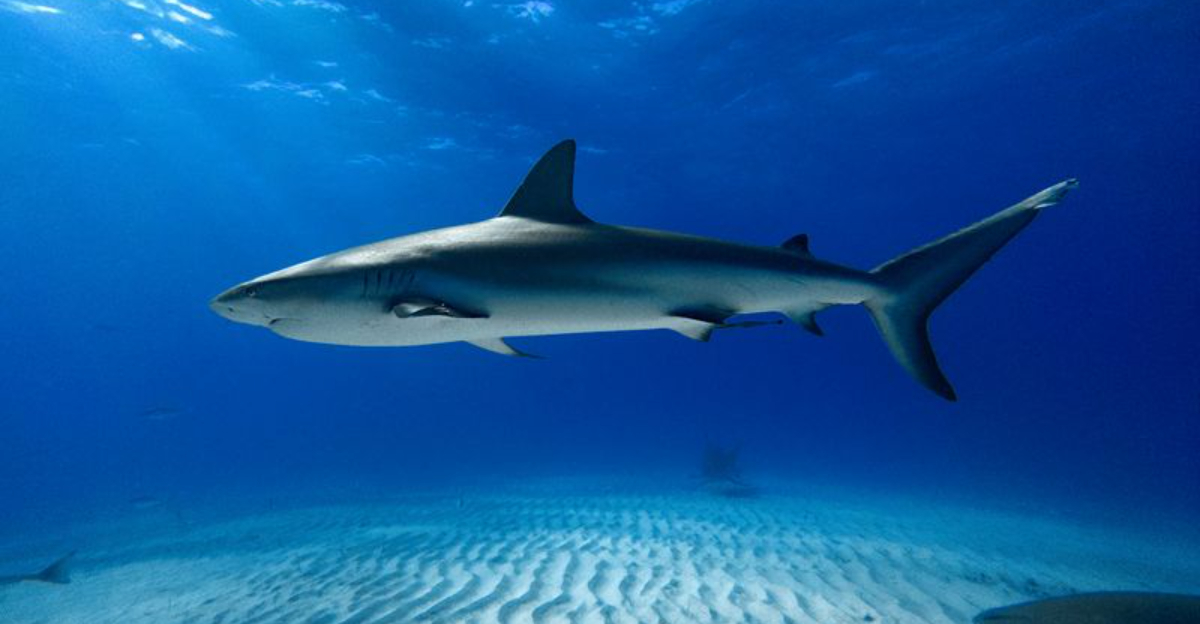
When we think of ocean predators, sharks often swim to the top of our mental list. But even these powerful hunters aren’t always the kings of the sea.
Some marine creatures can actually threaten sharks, while others become easy meals.
Let’s explore which underwater animals can challenge these toothy predators and which ones don’t stand a chance.
1. Orcas: The Ocean’s Ultimate Apex Predator
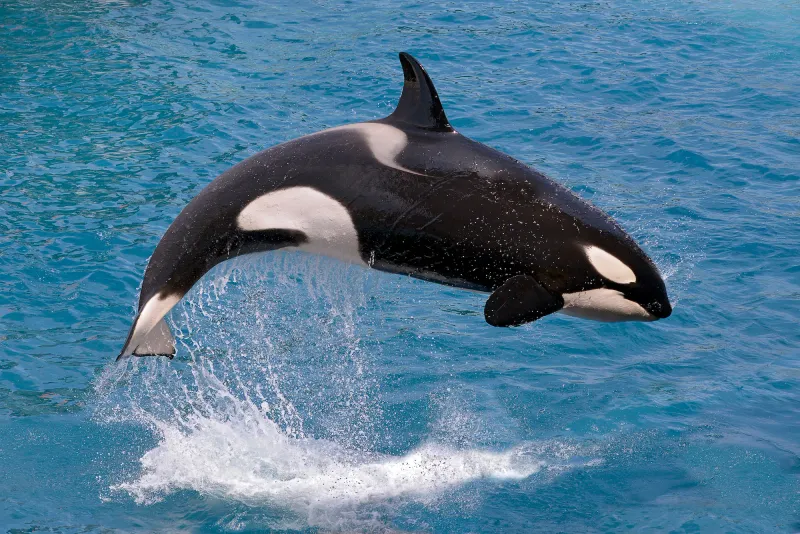
Nothing strikes fear into a shark’s heart like the distinctive black and white pattern of an approaching orca. These intelligent hunters work in coordinated packs to flip great whites upside down, inducing a paralyzed state called tonic immobility.
Once immobilized, the shark becomes an easy meal. Some great whites have been documented abandoning their hunting grounds for up to a year after orcas appear in the area!
2. Giant Squid: Deep-Sea Gladiators

Armed with tentacles stretching up to 30 feet and the largest eyes in the animal kingdom, these mysterious deep-sea dwellers aren’t pushovers. Their powerful suckers and sharp beak can inflict serious damage even on large sharks.
Battle scars found on sperm whales – creatures that regularly hunt giant squid – suggest these cephalopods don’t go down without an epic fight. For smaller shark species, tangling with a giant squid could be fatal.
3. Saltwater Crocodiles: Ambush Masters
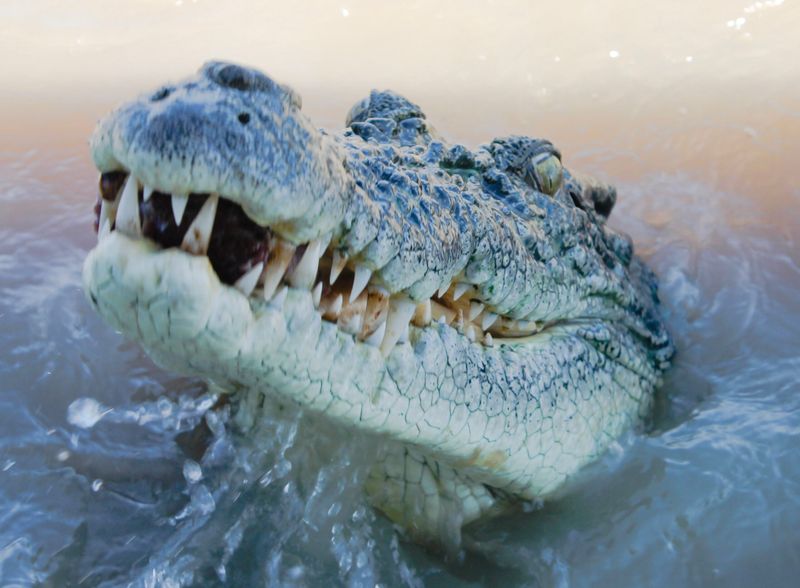
Where rivers meet oceans, a prehistoric predator lurks that even bull sharks fear. Saltwater crocodiles pack the strongest bite force ever measured in an animal – a crushing 3,700 pounds per square inch that can snap bones like twigs.
These ancient reptiles have remained virtually unchanged for millions of years because their hunting strategy is nearly perfect. When sharks venture into brackish waters, they’re entering croc territory at their own risk.
4. Elephant Seals: Heavyweight Champions

Weighing up to 8,800 pounds with a thick blubber layer for protection, male elephant seals aren’t the easy prey many sharks might expect. Their massive size and powerful jaws can deliver devastating blows to would-be predators.
When protecting their harems during breeding season, these blubbery behemoths become particularly aggressive. Even great white sharks, which do occasionally hunt elephant seals, must be extremely careful in their approach or risk serious injury.
5. Electric Rays: Nature’s Underwater Tasers

Don’t let their flat, pancake-like appearance fool you! These specialized rays pack a serious electrical punch, generating up to 220 volts of electricity – enough to temporarily stun or deter even large sharks.
Using specialized organs called electrocytes, they create powerful electrical fields for both hunting and defense. When a shark gets too curious, one shock can send it swimming in the opposite direction, likely with a newfound respect for these electrifying creatures.
6. Bottlenose Dolphins: The Ocean’s Tactical Geniuses

Beneath their perpetual smiles lies a fierce intelligence that makes dolphins formidable opponents. When threatened by sharks, dolphins often form protective circles around vulnerable pod members or sick individuals.
Their secret weapon? The powerful snout used as a battering ram, delivered with precision at a shark’s vulnerable gills or soft underbelly. Scientists have documented cases where groups of dolphins have actually killed sharks through repeated ramming attacks!
7. Groupers: The Surprise Tank Contenders

Goliath groupers, stretching up to 8 feet and weighing 800 pounds, have shocked marine biologists by occasionally turning the tables on sharks. These massive fish possess cavernous mouths that can create powerful suction forces.
In Florida, researchers have documented groupers opportunistically swallowing 4-foot sharks whole! While not actively hunting sharks, their sheer size and strength make them formidable opponents when cornered or when competing for the same prey.
8. Humans: The Ultimate Shark Predator

Despite all the fear surrounding shark attacks, humans unalive an estimated 100 million sharks annually through fishing, finning, and habitat destruction. Our impact on shark populations dwarfs any other predator on this list.
Commercial fishing operations, shark fin soup demand, and bycatch all contribute to declining shark numbers worldwide. Many species now face extinction due to human activities, proving we’re the most dangerous creature sharks will ever encounter.
9. Sea Turtles: Shell-Shocked Shark Meals

Despite their armored appearance, sea turtles frequently find themselves on shark menus. Their relatively slow swimming speed makes them vulnerable when tigers and great whites attack from below, flipping them to expose soft underbellies.
Young turtles are particularly susceptible during their dangerous beach-to-ocean dash. Even adult loggerheads with their massive shells aren’t safe – tiger sharks have specialized jaws and teeth that can crack through their protective armor like it’s a crunchy taco shell.
10. Seals And Sea Lions: Fast Food Of The Ocean

For great whites, nothing beats the high-calorie meal of a blubbery seal. These pinnipeds are so preferred that sharks will launch their 2-ton bodies completely out of water in spectacular breaches to catch them.
The iconic footage of sharks hunting at Seal Island, South Africa, demonstrates their hunting prowess. A great white can detect a single drop of blood from up to three miles away, making wounded seals particularly vulnerable to these efficient predators.
11. Stingrays: Flat But Not Forgotten

Hammerhead sharks have evolved specialized heads partly to pin down these flat, sandy-bottom dwellers. Their wide-set eyes and electrosensory organs help detect stingrays hiding beneath the sand – a favorite hammerhead delicacy.
Once spotted, the shark pins the ray with its hammer-shaped head, then bites the ray’s wings to prevent escape. Even the ray’s venomous barb offers little protection against a determined hammerhead, which often consumes its prey while avoiding the stinger entirely.
12. Schools Of Fish: Safety In Numbers? Not Really
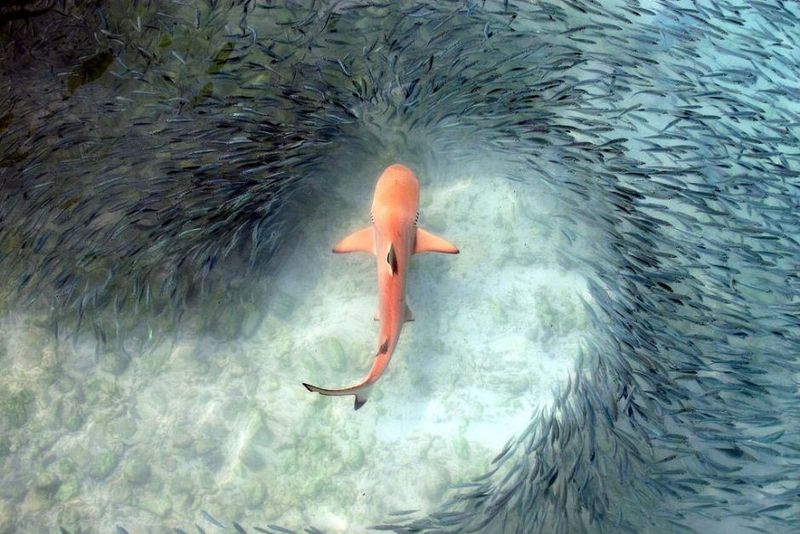
The swirling ballet of fish schools might look impressive, but to sharks, it’s just a buffet. Using a hunting technique called carousel feeding, sharks circle and herd fish into tighter balls, then charge through the center.
Each pass yields mouthfuls of prey with minimal effort. Some shark species even slap their tails to stun fish before feasting. The synchronized movements that fish use for protection actually help sharks target the entire group more efficiently.
13. Squid And Octopus: Eight Arms, No Match
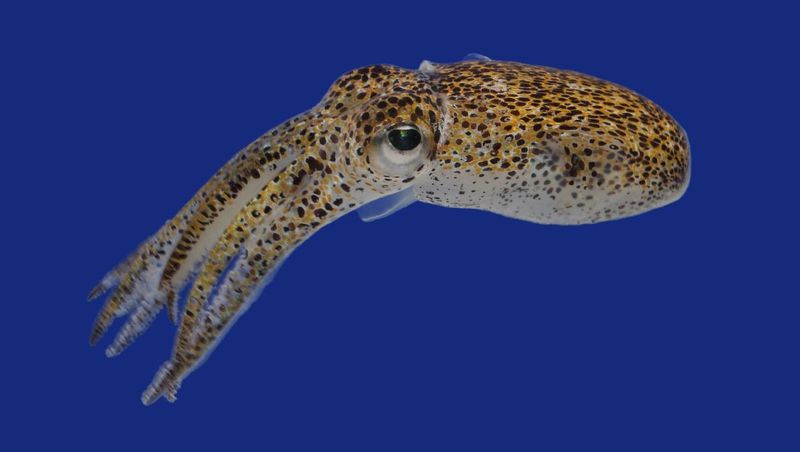
Despite their remarkable intelligence and camouflage abilities, smaller cephalopods regularly appear on shark menus. Their soft bodies offer little resistance to razor-sharp teeth, making them easy nutritious meals.
Blue sharks are particularly fond of squid, often diving hundreds of meters to hunt them. Even the octopus’s famous ink defense only provides a momentary distraction – sharks rely more on electroreception than vision when hunting, rendering this inky escape tactic largely ineffective.






